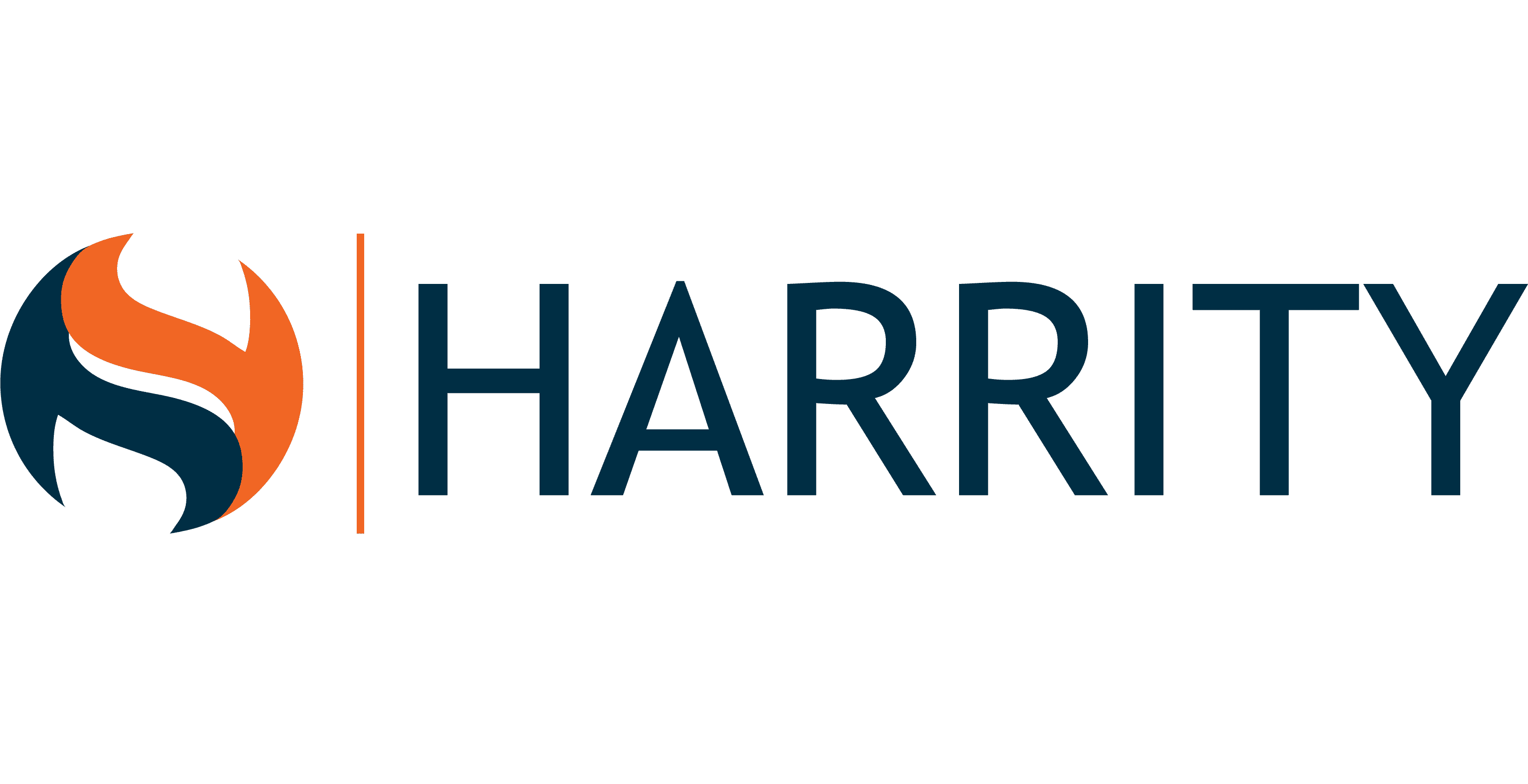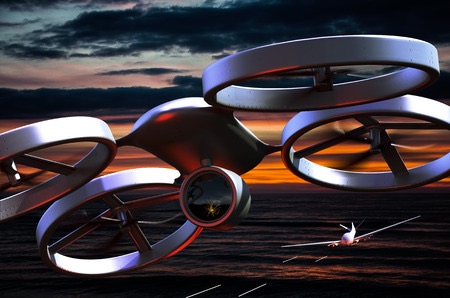How the Wrong Applicant Entity Status Can Doom Your Patent
By Peter Glaser, Associate
The Leahy-Smith America Invents Act, more commonly referred to as AIA, provided the USPTO with fee-setting authority to implement micro-entity status in addition to the previously implemented small-entity status. Both small-entity status and micro-entity status designations reduce fees for some patent filers. In general, small entities are entitled to a 50% reduction in fees and micro entities are entitled to a 75% reduction in fees. For example, the basic Utility filing fee for regular entities, sometimes termed ‘large entities’ is $300.00. In contrast the same filing fees for small entities and micro entities are $150.00 and $75.00, respectively.
The USPTO sets a set of requirements for patent filers to claim small entity status or micro entity status. In short, a small entity may qualify based on organization type (e.g., an entity that is a non-profit organization or that has fewer than 500 employees) and assignee status (e.g., an entity that has not assigned, licensed, or conveyed an interest in the invention to a non-small entity). For micro entities, the USPTO qualifications include each inventor not having been named inventor on more than 4 prior patent applications or have a gross income greater than 3 times the US median household income.
Generally, entity status is a matter of self-certification. For example, a patent attorney may file an assertion of small entity status or micro entity status for an inventor or other entity. However, the entity status must be updated if there is a change. For example, if an inventor files a patent application and qualifies as a small entity at the time of filing, but later assigns the invention to a large entity, a notification of loss of entitlement should be filed and regular fees paid thereafter.
The USPTO provides a good faith error safe harbor, but remedies are not provided for fraudulent or other non-good faith errors. A common way that entity status may change is as a result of a change in size of the patentee. In such a case, the Federal Circuit has held that when small entity status has been established in error and small entity fees have been paid in error, a patent holder can correct a good faith mistake (DH Technology, Inc. v. Synergystex International). Notably, the Federal Circuit indicated that the patent does not lapse as a result of an erroneous payment of fess and become unenforceable.
Another situation where entity status may be in question is when a patent license agreement is entered that could result in an applicant no longer being entitled to small entity status. In Outside The Box Innovations L.L.C. v. Travel Caddy, Inc, a lower court determined that an agreement between a patentee (that was a small entity) and a distributor (that was not a small entity) included a patent license clause that stripped Travel Caddy of small entity status with regard to the patent at issue. Here, the per curiam panel of the Federal Circuit found that it was reasonable for those involved in the patent prosecution to have believed that the agreement did not includes a patent license clause within the meaning of 37 CFR Section 1.27(a)(2). In a dissent, Judge Newman provided instructive guidance that an incorrect filing of small entity status should not be per se material to patentability.
Nevertheless, out of an abundance of caution, patent prosecutors and applicants can take some of the following steps to ensure an accurate assertion of entity status.
- Include questions regarding entity status in an initial invention disclosure interview questionnaire that is provided to inventors and/or applicants. Questions may include questions relating to company size, patent assignment status or licensing status, inventor household income, and the number of patents on which each inventor has been named.
- Following up with applicants and inventors regularly to determine whether answers to the above questions have changed.
- Maintaining comprehensive records of licensing agreements, joint inventorship agreements, research sponsorship agreements, and the like, and associating these records with patent family numbers.
- Performing a final check at issuance and at each maintenance fee payment date as to whether there has been any change to entity status. If a change has occurred, file a notification to indicate the status change.


